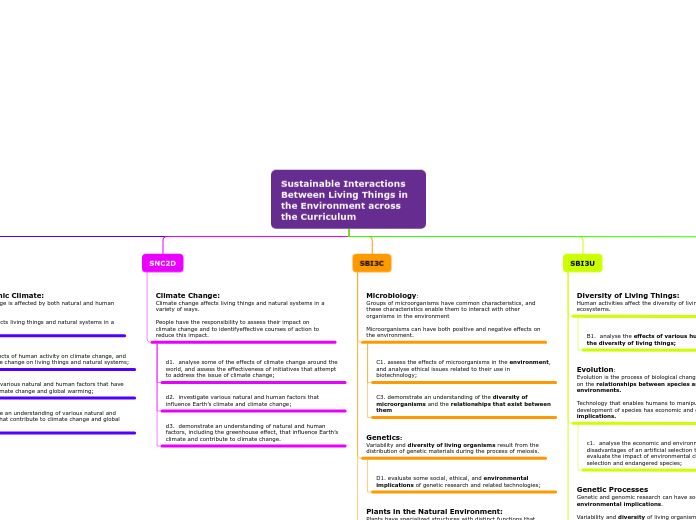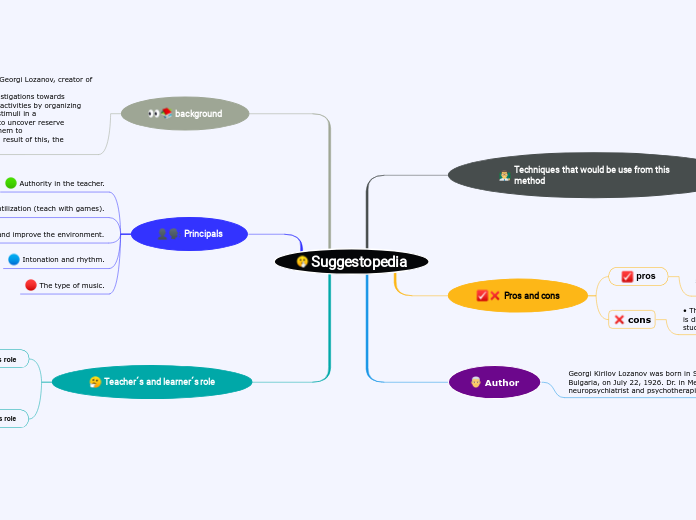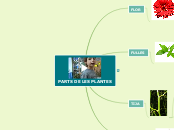по Daniel Genesee 2 лет назад
152
Sustainable Interactions Between Living Things in the Environment across the Curriculum
The curriculum explores the interactions between microorganisms, plants, and their environments, emphasizing the importance of sustainability. It highlights the diverse characteristics of microorganisms and their dual role in the environment, both beneficial and harmful.









